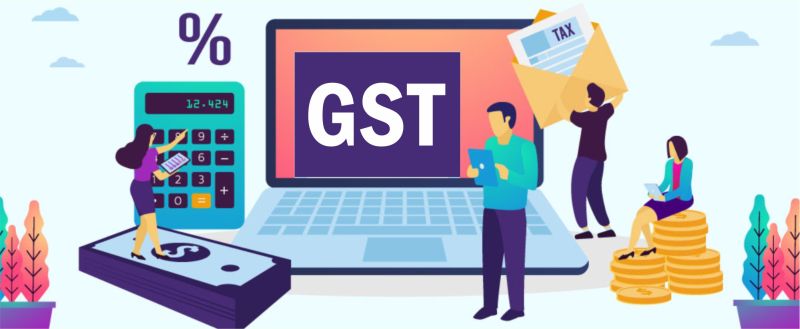Goods and Services Tax (GST) is a multi-stage tax system that is comprehensive in nature and applies to the sale of goods and services. The main aim of this taxation system is to curb the cascading effect of other indirect taxes, and it is applicable throughout India
History of GST (Goods and Services Tax)
On 1 July 2017, the Goods and Services Tax implemented in India. Given below is the history of how GST came into effect:
- In 2000, Atal Bihari Vajpayee, then Prime Minister of India, set up a committee to draft the GST law.
- In 2004, a task force concluded that the new tax structure should be put in place to enhance the tax regime at the time.
- In 2006, Finance Minister proposed the introduction of GST from 1 April 2010 and
- In 2011 the Constitution Amendment Bill was passed to enable the introduction of the GST law.
- In 2012, the Standing Committee started discussions about GST, and tabled its report on GST a year later.
- In 2014, the new Finance Minister at the time, Arun Jaitley, reintroduced the GST bill in Parliament and passed the bill in Lok Sabha in 2015. Yet, the implementation of the law was delayed as it was not passed in Rajya Sabha.
- GST went live in 2016, and the amended model GST law was passed in both the houses. The President of India also gave assent.
In 2017, 4 supplementary GST Bills in Lok Sabha was passed and the Cabinet approved the same. Rajya Sabha then passed 4 supplementary GST Bills and the new tax regime was implemented on 1 July 2017.
The following central taxes have been replaced by GST:
- Service tax
- Central excise duties
- Additional duties of excise
- Additional duty of customs
- Duties of excise
- Cess and surcharge
The state taxes subsumed by GST are as follows:
- Entry tax
- Luxury tax
- Central sales tax
- Purchase tax
- State VAT
- Entertainment tax
- State cess and surcharges
- Taxes on advertisements
- Taxes on gambling and lottery
Different Types of GST
There are four different components of GST such as CGST, SGST, IGST, and UTGST.
- CGST: Central Goods and Services Tax (CGST) is charged on the intra-state supply of products and services.
- SGST: State Goods and Services Tax (SGST) like CGST, is charged on the sale of products or services within a state.
- IGST: Integrated Goods and Services Tax (IGST) is charged on inter-state transactions of products and services.
- UTGST: Union Territory Goods and Services Tax is levied on the supply of products and services in any of the Union Territories in the country, viz. Andaman and Nicobar Islands, Daman and Diu, Dadra and Nagar Haveli, Lakshadweep, and Chandigarh. UTGST is levied along with CGST.
